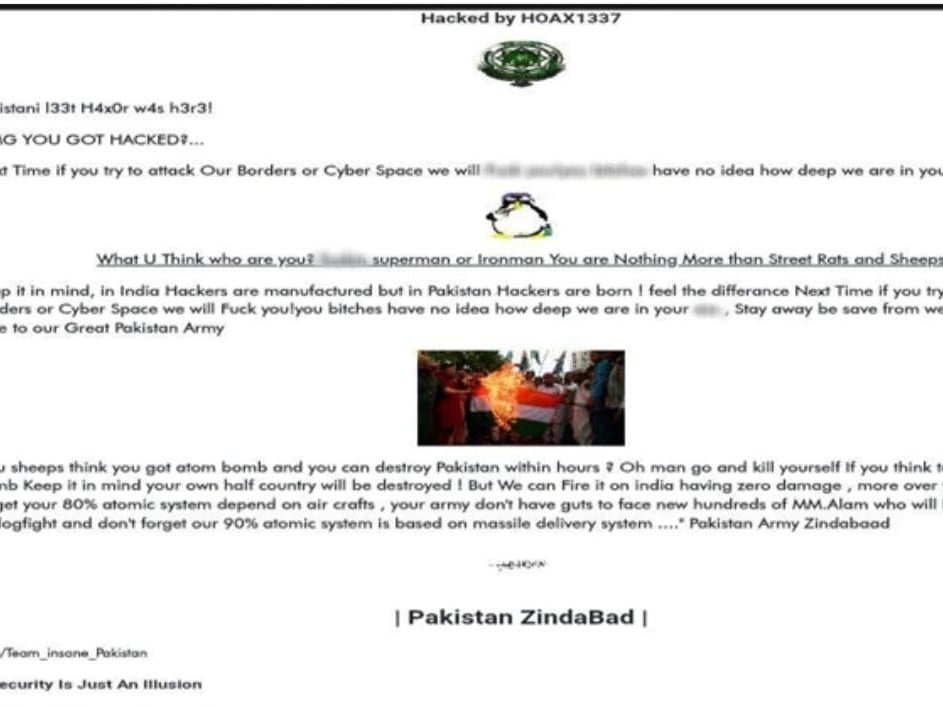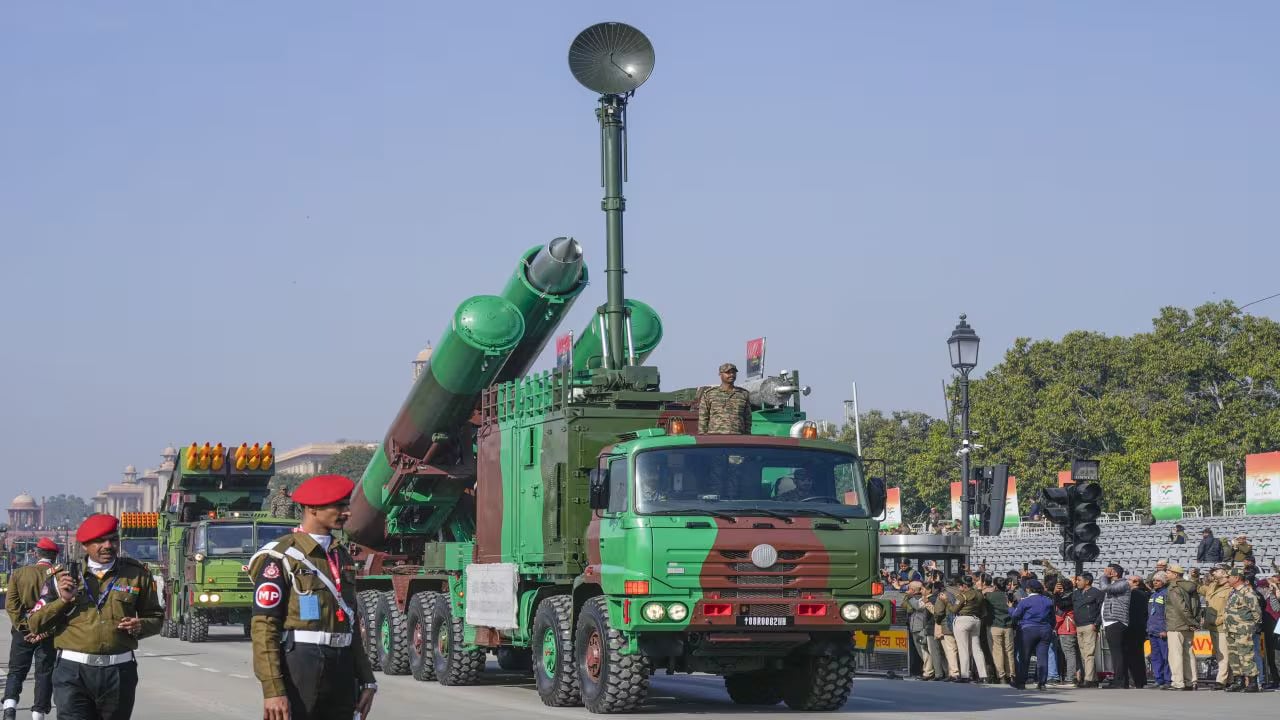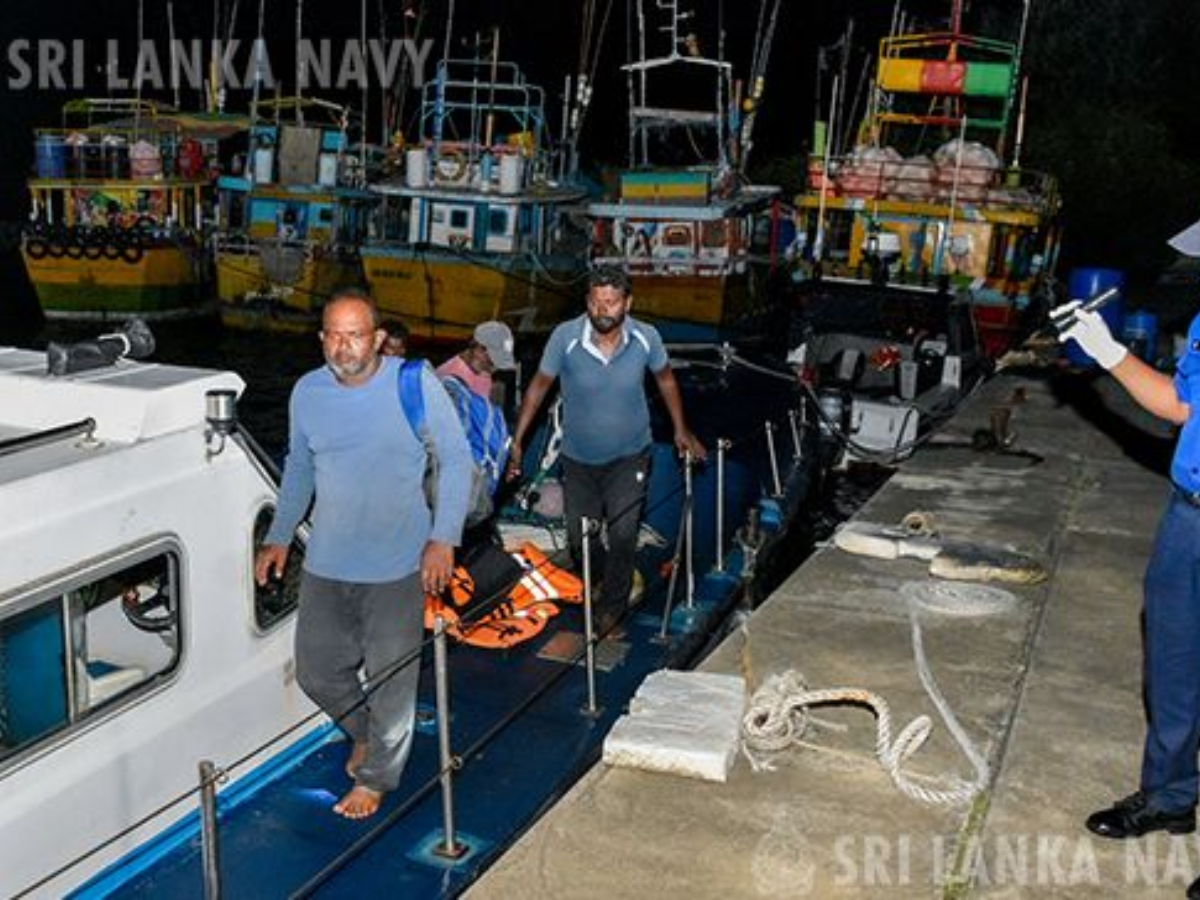Himachal Pradesh University Website Hacked, ‘Pakistan Zindabad’ Message and Burnt Indian Flag Image Posted
In a serious breach of cybersecurity, the official website of Himachal Pradesh University (HPU) was hacked on Monday, displaying the…
India Plans to Raise Defence Spending to 2.5% of GDP in Next Five-Year Plan: Defence Secretary
India is set to increase its defence expenditure from the current 1.9% of GDP to 2.5% in the upcoming five-year…
China Downplays Role in Operation Sindoor After Lt Gen Rahul R Singh’s ‘Live-Lab’ Statement
Days after Lt Gen Rahul R Singh statement on China of using the recent India–Pakistan conflict as a "live weapons…
Sri Lankan Navy Rescues 4 Indian Fishermen Missing Since June 29
The Sri Lankan Navy rescued four Indian fishermen who had been stranded at sea for over a week after their…
China Responds to Trump’s BRICS Tariff Threat, Says Bloc Not Seeking Confrontation
China on Monday pushed back against US President Donald Trump’s latest tariff threats, stating that the BRICS grouping is not…
Vladimir Putin Fires Roman Starovoit, Ex-Russian Minister Found Dead Hours Later
Roman Starovoit, Russia’s former transport minister and one-time governor of the conflict-hit Kursk region, was found dead in his car…






